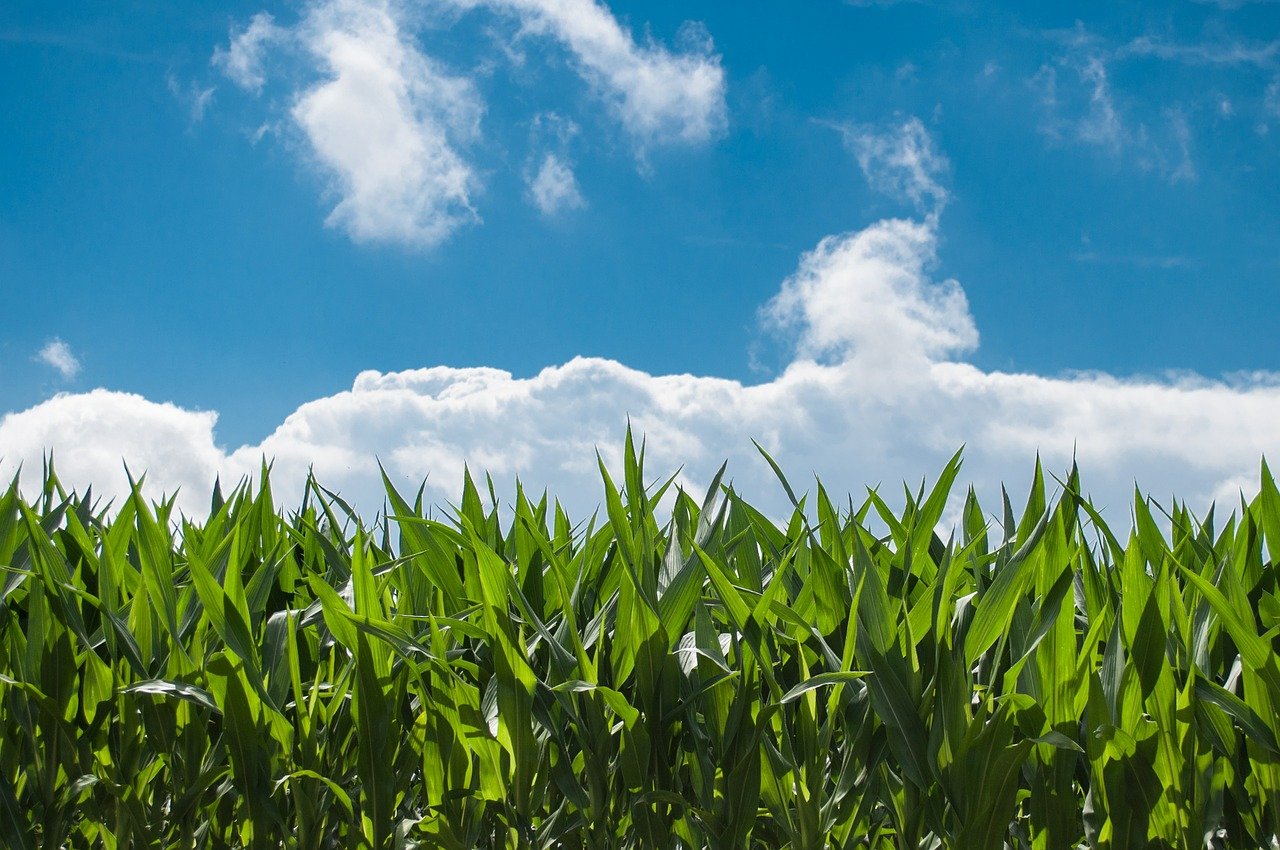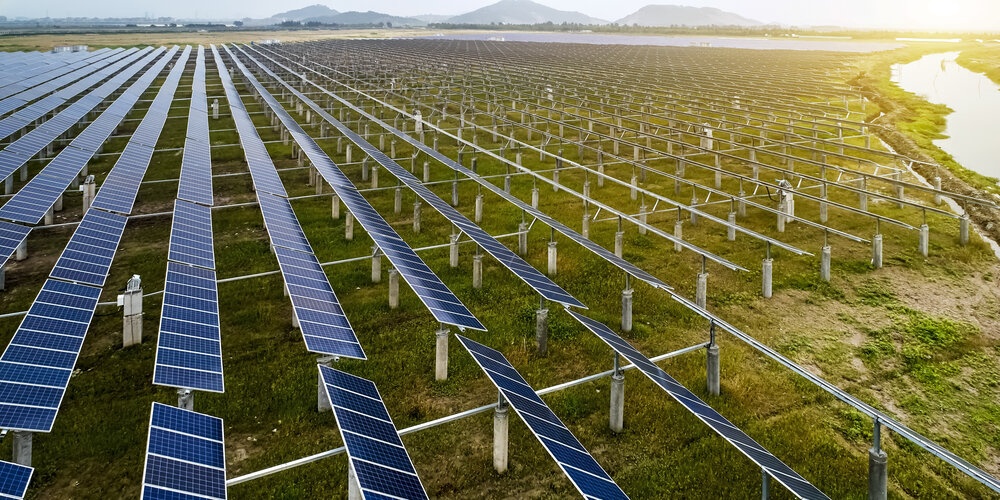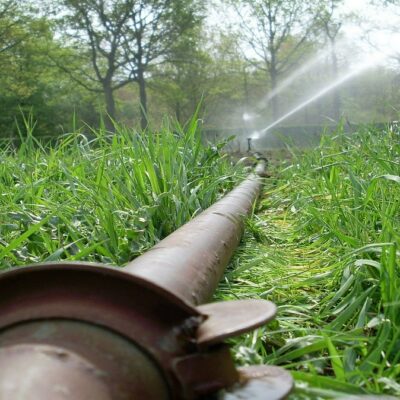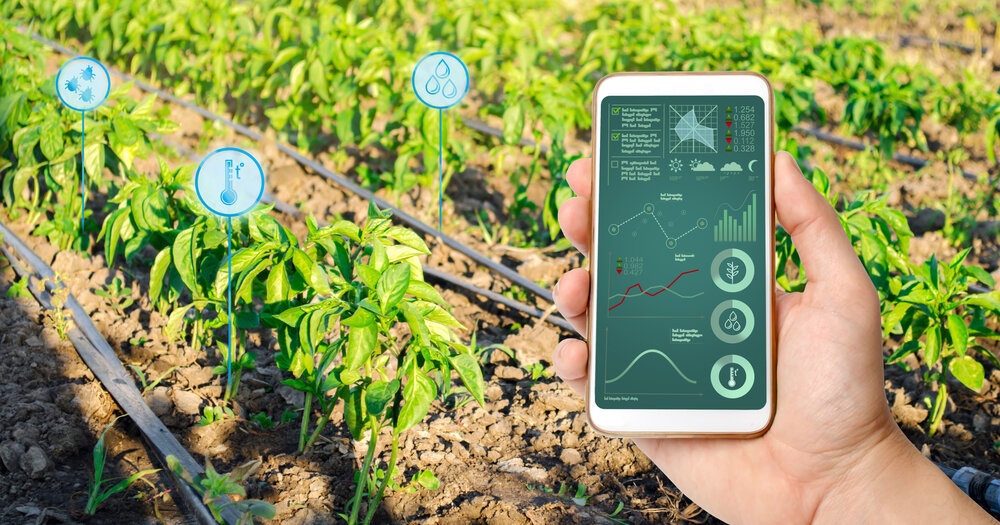Solar power is a great sustainable alternative form of energy. The concept of using solar power to drive things like drip irrigation systems, which themselves are water-efficient and contribute significantly to conservation, is very appealing.
But it's not just the electricity you are saving. Solar irrigation systems can use rainwater that is collected in water butts. It means that in terms of conventional mains water, they are wholly independent; they don't use any - just the stuff the comes out of the sky! No mains water and no electricity. The eco warrior's dream.
This type of solar irrigation system is for the home gardener. However, similar technology can also be used by small scale farmers, but more about that later. Let's concentrate initially on the home gardener or landscaper.
Solar Irrigation and the Home Gardener
If you are a home gardener, you can install a solar irrigation system to water your flowers, shrubs, and veggies using water collected in a water butt. This sort of system can be used for watering containers, gardens, and hanging baskets. For people seeking to be as environmentally friendly as possible, this type of system is perfect.
Solar irrigation systems incorporate a state-of-the-art solar pump that automatically adjusts the amount of water it pumps. It delivers the most amount when the sun shines, which is precisely when your plants need it most. In addition, the programming will ensure that watering is never forgotten. It's the perfect solution to watering your plants when you're away on holiday.
The Irrigatia Solar Irrigation System
A typical Irrigatia system comprises a solar battery and a pump, which are used to distribute water from a water butt via drippers. The amount of water delivered depends on two factors:
- The amount of sunshine
- The positioning of the control knob
With the Irrigatia solar irrigation system, the control knob can be adjusted to irrigate either large or small plants. The water butt itself can be in the shade. Where this is the case, the pump should be installed in a sunny location and the feed hose inserted into the remote water butt.
The Irrigatia system is supplied in kit form, with each kit capable of delivering sufficient water for 6-off 35cm hanging baskets, 12 off 25cm baskets, or 40 off 5-litre pots. Individual kits are supplied with 12 drippers, 15 metres of tubing, a pack of fixings and a full set of instructions.
There are various solar irrigation system products made by several different manufacturers available in the UK today. Each has its own features. Let's now take a quick look at the greenhouse watering system offered by Harvst.
The Harvst Solar Greenhouse Watering System
The Harvst solar greenhouse watering system uses environmental sensors connected to a timer program to deliver water to two separate zones. Rather than using a water butt, as per the Irrigatia system above, the Harvst WaterMate system is designed to be connected to a tap or pump.
The system can be controlled by using an app that is compatible with both Android or iOS powered mobile phones. If your WiFi signal reaches your greenhouse, WaterMate will allow you to manage and monitor the watering system remotely. You can also program it to send you SMS or email alerts if you so wish. It's very state-of-the-art.
The Harvst WaterMate system was created with greenhouses specifically in mind - anything from small to large greenhouses. The control management system uses soil, moisture, heat and light sensors and a timetable to deliver water to 2 independent zones via electrically powered water valves.
When the environment is hot, or the soil is too dry, this system will deliver more water to ensure that the plants grow well. In a cool environment or with damp soil conditions, the system will deliver less, helping to conserve the amount of water in the tank.
WaterMate systems are available in two ready-to-go kits:
- A kit suitable for smaller greenhouses
- A kit suitable for larger greenhouses or polytunnels
Because of its modular design, you can select the appropriate parts to make up your own system according to individual requirements.

Successful Worldwide Large Scale Solar Irrigation System Projects
Interest in solar irrigation system technology has increased significantly in recent years, with governments worldwide now creating strategies to promote its use. There is still a long way to go as there are many challenges to be met in terms of monitoring and managing such water pumping systems.
However, sustainably solar-powered irrigation systems represent a desirable goal in terms of cost-effectiveness and reduce the farmers' vulnerability to electricity shortages that can significantly hamper crop production capacity.
Despite the many challenges, several projects have already been completed successfully, as can be seen from the following examples:
Solar-Powered Water Lifting for Irrigation in the Nile Delta - Phase I & II
In this region, irrigation canals are often situated below ground requiring the use of pumps to lift water up to the fields. Originally powered by fossil fuels and electricity, increasing demand for power in urban areas resulted in frequent blackouts. The installation of solar panels resulted in benefits towards the lessening of demand on the local power grid and granting a more reliable source of electricity.
Other successful solar-powered irrigation systems include strengthening agricultural water efficiency and productivity in Burkina Faso, Jordan, and Uganda. If you would like to read more about these projects, please refer to the FAO.org website.
The Many Benefits of Solar Irrigation Sytems
The benefits that home gardeners reap from installing solar irrigation systems are significant and helpful, but they pale beside its impact on the world stage. A recent article on the practicalaction.org website highlights the enormous contributions it is making in Nepal.
- It helps to reduce drudgery.
- It is responsible for increasing production.
- It facilitates the diversification of livelihood choices.
- It helps to lower the seasonal migration of youth.
- It opens up new avenues of opportunity.
The takeaway is that solar irrigation is a cost-effective and easy to install technology that is changing the lives of millions of smallholding farmers not only in Nepal's rural areas but in other similar areas around the world.


